FRP Reinforcement for Structures
A FRP reinforcement is a fiber reinforced polymer (FRP) (or fiber reinforced plastic) that is used as internal reinforcement, such as rebar, or externally bonded reinforcement used to strengthen concrete, masonry, steel, and timber structures.
A fiber reinforced plastic (FRP), also known as fiber reinforced polymer, is a composite material that use natural or synthetic fibers to mechanically enhance the strength and stiffness of a polymer matrix. FRPs used to reinforce and strengthen structures are extremely strong, up to eight times stronger than typical reinforcing steel.
FRPs used for internal reinforcement and strengthening of structures use synthetic fibers in a polymeric matrix to provide excellent tensile strength in the direction of the fibers. The fibers are set in a straight, parallel and continuous arrangement within the matrix. These FRPs are sometimes known in the civil engineering community as high-strength composites.
A Very Brief History
The first known use of FRPs as reinforcement occurred in 1975 in Russia. There, glass fiber reinforced polymer (GFRP) prestressing tendons were used to reinforce a 30 ft. (9 m) long, glued timber bridge.[1]
Significant studies of using FRPs as reinforcement began in Europe in the 1980s as an alternative to steel plate bonding for bridge repair and strengthening. FRP reinforcements gained significant support during the 1990s from research of magnetically levitated (maglev) train support structures in Japan. The Japanese in 1996 were the first to introduce design guidelines for FRP reinforced concrete.[2]
Since then, the use of FRP as structural reinforcement has increased exponentially and design guidance has been authored by organizations from around the world.
Fibers
Fibers
The predominant fibers used in FRPs related to structure reinforcement are:
- Glass fiber
- Aramid fiber, also known as the trade names Kevlar® and Technora®[3]
- Carbon fiber
- Basalt fiber
Matrix
Common matrices used in FRP reinforcement products are:
- Epoxy
- Vinyl Ester
Both of these matrices are thermosetting resins, The matrix of a FRP transfers the stresses from the exterior of the FRP component, such as a reinforcing bar, to the individual fibers so the quality of the matrix is extremely important to the function and strength of the FRP. These resins are also used to bond the FRP to a concrete, masonry or timber substrate for externally bonded FRP systems.
Pros and Cons of FRP reinforcement
A unique FRP made from woven carbon tows (vertical) and Kevlar roving (horizontal) preinpregnated with epoxy (a.k.a. prepreg) used to strengthen walls and other structures.
Advantages
- High Strength and Lightweight
- Corrosion Resistant
- Dimensionally Stable
- Low Thermal Conductivity
- Nonconductive
- Electromagnetically Transparent
- Impact Resistant
- Low Lifecycle Costs
Disadvantages
- Susceptibility to Mechanical Damage where Exposed
- Susceptibility to Fire (without insulation)
- Inability to Bend in the Field
- Longer Load Transfer (Lap) Lengths
- Poor Shear Strength
- Low Strain to Failure (Lack of Ductility)
Composition of Structural FRP Reinforcement
FRP products used for structural reinforcement and strengthening have continuous fibers that run in a unidirectional pattern. They are pultruded or prepreg products such as reinforcing bars (rebar), plates, strips, and nets, or they can be dry fiber systems that are wetted with an appropriate matrix in the field such as tow sheets.
NOTE:
A few industry terms need to be explained:
Pultrusion is the process where (usually) fiber tows are “pulled through a resin bath to wet-out the fibers, then drawn through a forming block that sets the shape of the composite and removes excess resin, and through a heated steel die to cure the resin.”[4] A cutoff saw is used to cut the solid FRP to length. It’s like extrusion except that the fibers are pulled and not pushed through the resin.
A fiber tow (or roving) is a group of filaments gathered together without twisting. It is common for fiber tows used in FRP reinforcements to include up to 60,000 filaments per tow. The industry calls a carbon fiber grouping a "tow" and glass, aramid, and basalt fiber groupings a "roving."
A tow sheet is a fabric in which tows arranged in the longitudinal (0 degree) direction of a fabric are held together by weaving a cheap, low strength fiber such as cotton or polypropylene in the transverse (90 degree) direction.
Typical Strengths
The typical tensile strengths, and stress-strain relationship of FRP and steel reinforcements are shown below.
Comparison of FRP Reinforcement Materials to Steel
E-glass fiber reinforced polymer (GFRP) has the lowest cost of all structural FRPs and is therefore the most utilized.
Basalt fiber reinforced polymer (BFRP) can now be produced at near the same cost and has somewhat better strengths than GFRP, resistance to alkalies, and a nearly unlimited resource.
Aramid fiber reinforced polymer (AFRP) is not as common a structural reinforcement due to the fibers' low compressive strength perpendicular to the fiber direction and higher cost. It is this feature, though, that makes aramid fiber the choice of ballistic resistant textiles because the fibers absorb impact very well.
Carbon fiber reinforced polymer (CFRP) has the highest strength of FRP materials and also the greatest range of strengths. The range is due to the carbon source and manufacturing methods. CFRP is most resistant to creep rupture and fatigue failure than the other FRPs. Its higher cost is offset by its high strength and high resistance to cyclic and fatigue failures.
Applications
Internal Reinforcement
FRPs used as structural reinforcement are used in a wide variety of applications. As internal reinforcement, structural FRPs are produced in the form of bars (rebar), dowels, prestressing, and post-tensioning tendons. Externally bonded or near-surface-mounted FRPs are generally used for structural strengthening and repair of concrete, masonry, timber, and steel structures.
|
FRP used as internal reinforcement are used in roads, bridges, slopes, tunnels, and marine environments. Internal reinforcement with FRPs has a particular advantage in tunnel diaphragm walls, where steel reinforcement would damage the face of a tunnel boring machine (TBM). Because they are magnetically transparent, FRP reinforcements are used in hospitals where medical scanning equipment such as magnetic resonance imaging is used, in maglev railway ties and structures, and in bases of large electric motors. |
Image credit: Virginia DOT |
External Strengthening
Structural strengthening with externally bonded FRP reinforcement, especially with high specific strength carbon FRP, has been accepted by codes for seismic upgrades of structures for a number of years. The axial and eccentric loading of columns can be increased by wrapping columns with FRP reinforcements.
For flexural strengthening, FRP reinforcement products such as tow sheets, plates, and bars are bonded to the tension side of a concrete, masonry, or timber substrate with a (usually) epoxy resin. Strengthening of structural flexural members have seen increased load bearing capacity of up to 40 percent.
For shear strengthening, FRP reinforcements are bonded to the exterior of beams in a vertical U-shape configuration as an external stirrup. Shear strengthening of walls, such as unreinforced masonry walls and under-reinforced concrete walls, can be accomplished by bonding FRPs to one or both sides on the wall in either a vertical, horizontal, or X-pattern.
Prince-Lund Engineering Can Help!
Contact Prince-Lund Engineering, PLC for more information how reinforcement with FRPs can be a cost effective choice for your structural reinforcement, strengthening or repair project.
References Used on This Page:
- L. Taerwe, ed. Non-Metallic (FRP) Reinforcement for Concrete Structures, Proceedings of the Second International RILEM Symposium (FRPRCS-2). 1995. E&FN Spon, London, UK. ISBN 0 41920540 3
- International Federation for Structural Concrete (fib - fédération internationale du béton) Task Group 9.3. “FRP reinforcement in RC structures.” September 2007. http://fib.epfl.ch (January 5, 2011)
- Kevlar® is a registered trademark of E.I. du Pont de Nemours and Company. Technora® is a registered trademark of Teijin Limited.
- Molded Fiber Glass Companies, “Designing with Fiber Reinforced Plastics / Composites, Techniques and Technologies for Cost Effectiveness,” 2003
Share it!
Get a PDF Version of this Page
You may have a PDF version of this web page at no cost. It's a simple 2-step process. Click here to go to the PDF request page, fill out the information requested, click the request button, and get the page!
Forward from FRP Reinforcement to FRP Characteristics and Behaviors ->
<- Return from FRP Reinforcement to Prince-Lund Engineering, PLC Home Page
Prince-Lund Engineering
Quick Contacts
Email:
Go to the Contact Form to email directly.
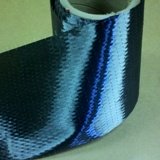
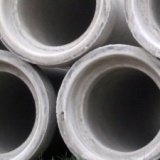
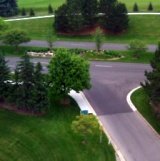



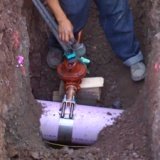
Share it!
Get a PDF Version of this Page
You may have a PDF version of this web page at no cost. It's a simple 2-step process. Click here to go to the PDF request page, fill out the information requested, click the request button, and get the page!
Looking for Design Software? Try FRPpro™ free!
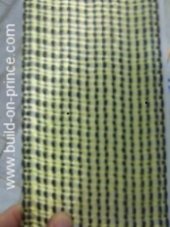
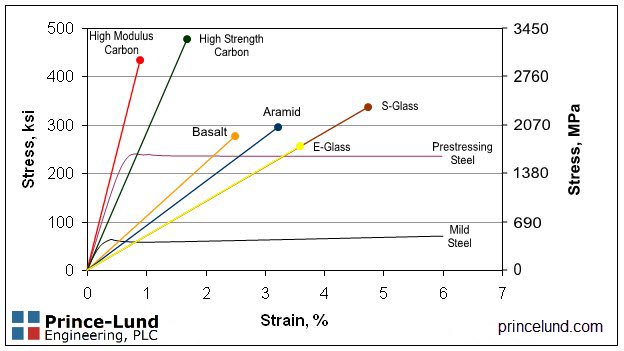
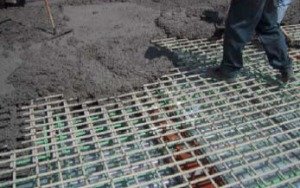
New! Comments
Please Ask Questions! Your Opinion Counts!